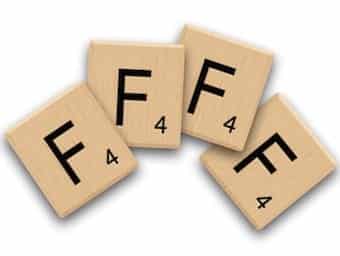
Funtabulous International Women’s Day
Some good old fashioned medical trivia FFFF, introducing the Funtabulous International Women's Day Quiz for 2019 with Dr Colleen Taylor

Some good old fashioned medical trivia FFFF, introducing the Funtabulous International Women's Day Quiz for 2019 with Dr Colleen Taylor

Funtabulously Frivolous Friday Five 191 - Just when you thought your brain could unwind on a Friday, some medical trivia FFFF.
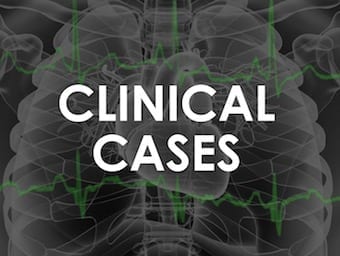
An ECG case of pacemaker failure. Can you guess the underlying cause of the Pacemaker Panic?
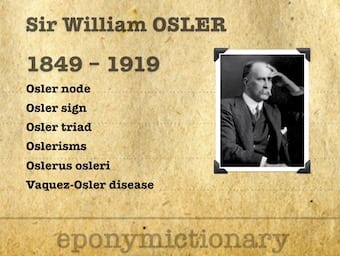
Sir William Osler teaches us to treat the patient, not the disease. Even if the patient is difficult.
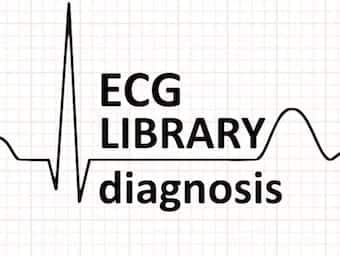
Brugada Syndrome - ECG abnormality with a high incidence of sudden death in patients with structurally normal hearts. Brugada - EKG Library
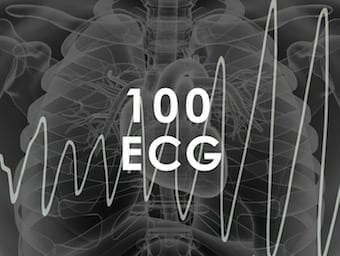
This 53 year old male presented to ED following an episode of collapse. Describe and interpret this ECG. LITFL Top 100 ECG Brugada

The ALiEM Faculty Incubator is a year-long professional development program for educators, which enrolls members into a mentored digital community of practice.
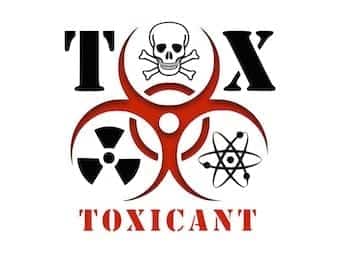
acute ingestion results in gastrointestinal irritation and then dose-related systemic toxicity potentially leading to death. Iron takes hours to reach from the GI tract to the intracellular space. This gives us the opportunity to prevent further absorption in large overdoses with decontamination and chelation.

Firstly, lets dispel a myth, organic arsenoids found in seafood are non-toxic. Other pathways to toxicity include the chronic exposure usually following the ingestion of artesian water. Subacute from industrial accidents, food contamination or arsenic-containing herbal medicines.

Hydrocarbons cause rapid CNS depression, seizures and rarely cardiac dysrhythmias. Aspiration causes a chemical pneumonitis and this risk is increased in those products that have the lowest viscosity.

Cyanide toxicity is usually reserved for the spy movies whereby the villain will bite down on a capsule of cyanide and instantly froth at the mouth and die. Throughout history there have also been some popular examples including the mass…

Chlorine is a yellow-green, non-combustible gas with a pungent irritating odour however, it can be undetectable at levels above the accepted occupational standards, so you can not always trust your nose.